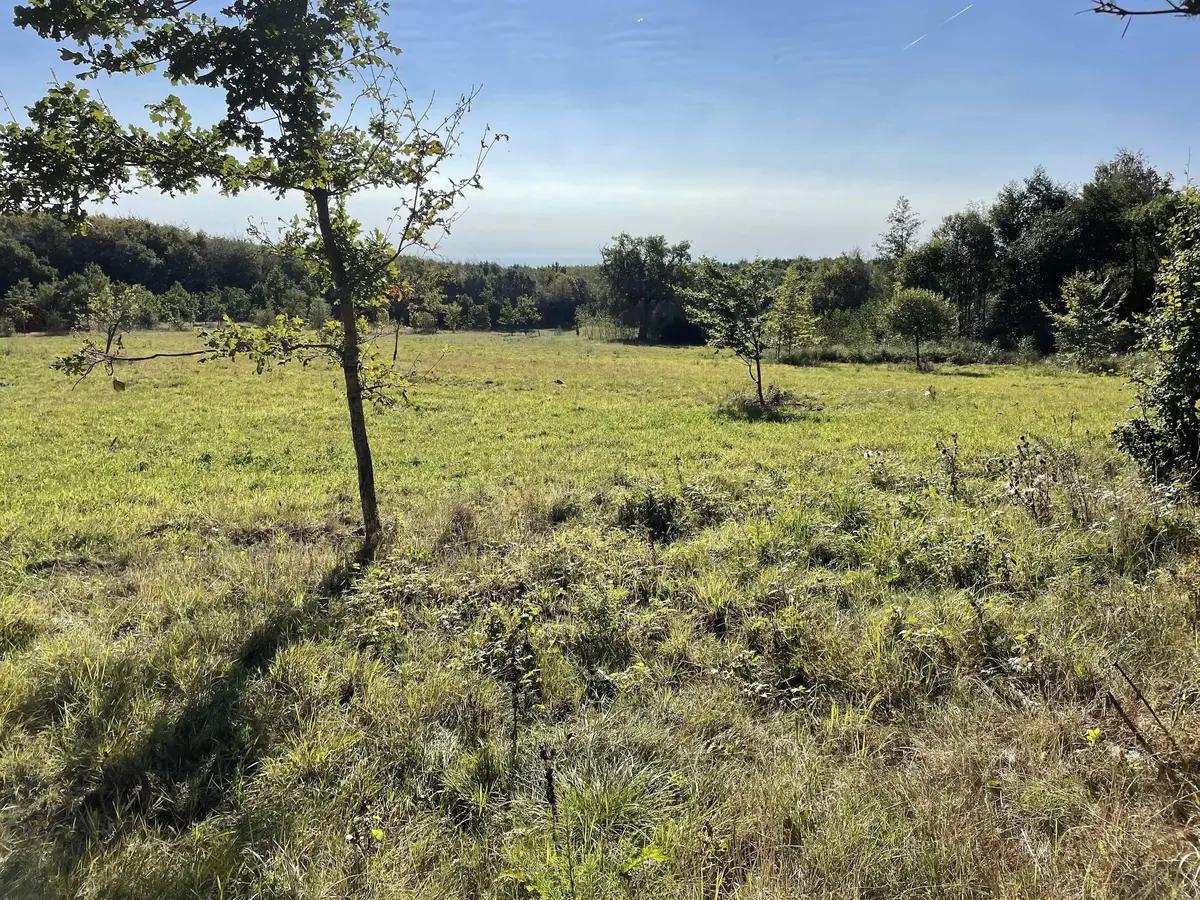


Through tree planting and afforestation, companies can not only offset their carbon emissions but also enhance their ESG profile. These initiatives contribute to biodiversity, climate improvements, and long-term sustainable business growth. As a result, companies become more appealing to customers, investors, and partners who increasingly demand concrete climate actions.
CSRD (Corporate Sustainability Reporting Directive) not only brings increased requirements for sustainability reporting but also opens up new business opportunities for companies looking to strengthen their position within the supply chain. By staying ahead of competitors with strong and proactive climate initiatives, your company can position itself for long-term sustainable success.
CSRD primarily focuses on ensuring that companies measure, report, and disclose their impact on environmental, social, and governance (ESG) factors. The directive requires companies to report on their climate goals, their environmental impact, and the risks associated with their operations.
However, while CSRD is fundamentally a reporting regulation, it effectively drives companies to take action to reduce their impact. This is due to:
Large companies that meet at least two of the following criteria:
The phased implementation is designed to give companies time to adapt to the new reporting requirements.
Small and medium-sized enterprises not directly subject to the CSRD directive can still gain significant benefits by following its guidelines, as banks, investors, and customers are increasingly demanding sustainability reports and concrete climate actions to enable business collaborations.
Failing to adapt to the growing requirements from ESG and CSRD can result in significant business risks, including missed business opportunities and increased risks within the supply chain. On the other hand, proactive sustainability work can boost a company’s competitiveness by attracting customers, investors, and partners.
Holistic reporting requirements:
CSRD mandates companies to report not only on their own sustainability efforts but also on the impacts across the entire value chain (upstream and downstream). This includes the environmental, climate, and social impacts of subcontractors.
Scope 3 emissions:
Many companies are required to report their Scope 3 emissions, which include indirect emissions from suppliers and partners. To reduce these emissions, companies may require their subcontractors to implement measures such as carbon offsetting and emission reductions.
Sustainability targets and risk management:
Companies subject to CSRD aim to minimize risks in their supply chain while meeting their sustainability goals. This naturally leads them to select suppliers that actively engage in sustainability and climate initiatives.
As part of a broader climate strategy, afforestation offers a natural and long-term solution for companies looking to reduce their carbon footprint.
Large-scale CO₂ absorption:
Trees and growing forests absorb and store large amounts of carbon dioxide throughout their lifecycle, helping companies balance their CO₂ emissions and reduce their climate impact naturally.
Enhanced biodiversity:
Afforestation creates habitats for diverse species and restores damaged ecosystems, thereby strengthening biodiversity – a crucial aspect of long-term sustainable environmental work.
Long-term climate benefits:
Newly created forests act as natural carbon sinks for several decades, making them a strategic and long-term investment for companies aiming to contribute to a sustainable future.
Companies that combine afforestation with energy efficiency measures and green transportation can quickly reduce their overall carbon footprint and strengthen their ESG reporting. By taking a comprehensive approach to their sustainability initiatives and working in line with CSRD, companies can not only reduce their climate impact but also enhance their competitiveness and long-term business position.
By aligning climate actions with sustainability goals under CSRD, companies not only create positive environmental impacts but also position themselves as long-term partners in an increasingly sustainable economy.
Start your journey toward sustainable success by combining effective climate actions with strategic sustainability reporting.


